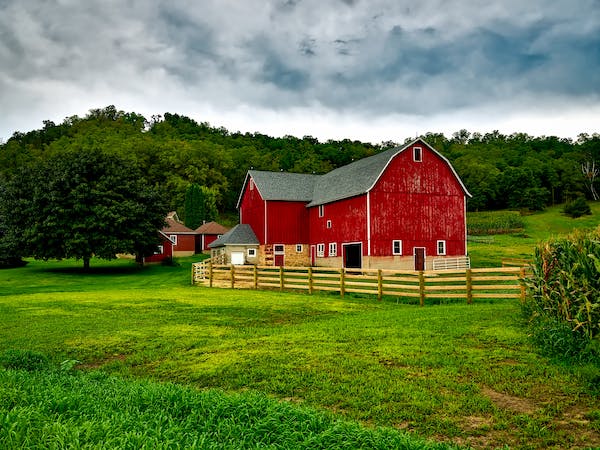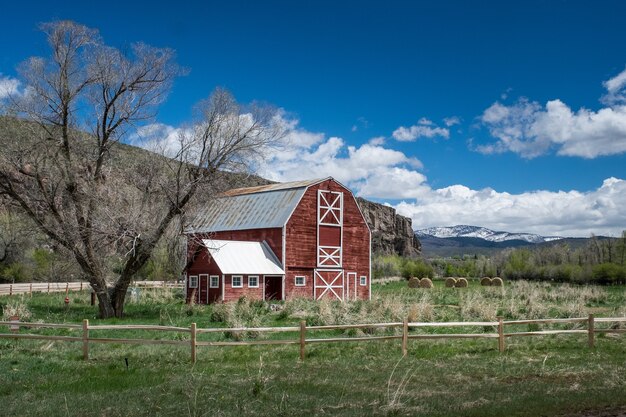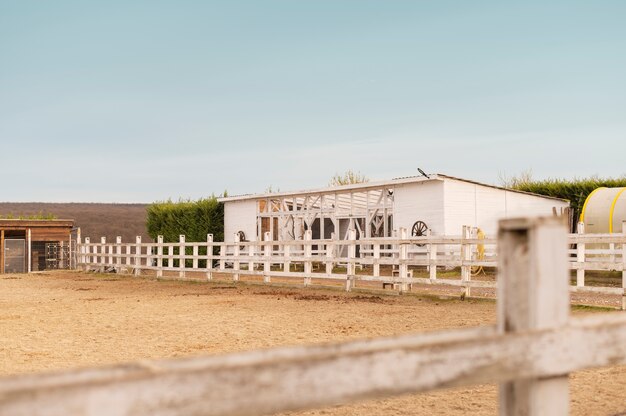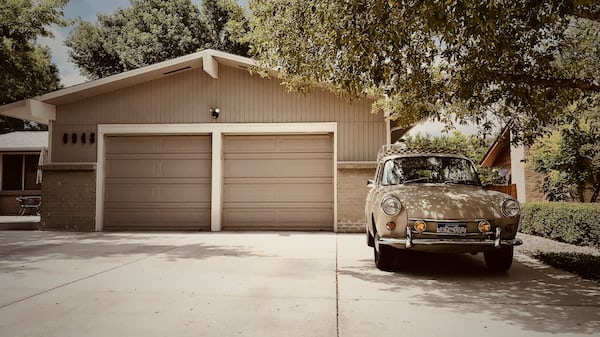Little-known facts about American Barns you knew nothing about


Shape of Carport Roof: A major reason for determining carport’s Strength and Stability
August 11, 2023

How to build American Barns on a tight budget?
August 14, 2023While passing through the Urban countryside or the metropolitan scene in Australia, some things catch your sight. Among the incalculable millions of buildings created by humanity over our brief existence, a handful stands out. Today I’d like to express my thoughts on one of these: the American barn. The red barn is unquestionably a memorable building and the first American barns were built by early settlers in the 1600s. These early barns were often built with a thatched roof to help keep the animals warm in the winter.
The term “barn” is commonly used to denote a huge steel building that is common on rural properties throughout Australia. The American Barn is a thing of beauty and a building that should not be missed. It captures the hearts and souls of the people, becoming something more than just another living environment in our world. Traditional barns were about use and economy, not appearance. The roofline of the American barn does not drop, but it does have a high-pitched centre bay with covered awnings on each of its opposite sides. American barns have the same practicality, adaptability, and variety as American barn-type buildings. The American barn likewise features an elevated centre bay with two closed partitions, but no roofline fall. Its centre roof is immediately attached to the lower sides, making the construction more traditional and simpler. This post has been written to help you appreciate this great building by revealing little-known facts about American barns that you didn’t know anything about.
The history behind American Barns
Let me rewind the time machine and take you to the time of the discovery of these American Barns. . Early settlers brought with them a tradition of using barns as a place to store hay and grain, as well as to shelter livestock. As the country expanded westward, barns became a more common sight on farms and in rural communities. Today, barns are still an important part of the American landscape, and they continue to serve a variety of purposes. American barns were originally built with a dirt floor, but later barns were built with a wooden floor.
The Mystery behind their red colour
Let’s dig deeper and discover the reason behind their red colour. Early farmers never painted their barns. But afterwards, farmers were looking for ways to shelter their wood barns from the weather. It was a functional requirement, not a design choice. Farmers manufactured their own paint, typically using a combination of skimmed milk, lime, and red iron oxide earth pigments (which had a red hue). This resulted in the formation of a plastic-like layer that solidified immediately and lasted for years. Linseed oil was then added to the recipe to achieve the required soaking quality. By incorporating the oxide into the paint, the wood was protected from mould and moss (which caused deterioration) while also achieving a rich red hue. Darker hues, by the way, absorb more of the Sun’s rays, keeping buildings warmer in the winter. As a result, the American Red Barns were born and were made a signature colour. Paint manufacturers began producing barn paint with metallic oxides specifically developed for barn usage. The red paints were far less per gallon than home paint, tempting the ever-so-frugal farmer. Red was the colour of choice until whitewash became more affordable, at which point white barns began to appear.
Uses of barn
American Barns have a broad range of applications, including the safe and secure storage of various farm equipment, cattle, and cars. They can also be utilised to work, store horses, or pursue any pastime. Australian barns are the finest choice for storing large agricultural machinery. In the case of American barns, inside space may also be utilised. They can also be utilised as workshops, horse stables, and shelters for big animals. Many individuals utilise American Barns as storage structures for extra household items. You may even convert one of your American barn’s sides into an open carport or verandah.
Innovations in American Barns
American Barn with Sliding Door
Sliding doors are ideal if you anticipate leaving your barn open most of the time. They have obvious appeal and give character to many builder-grade spaces. They’ve even become a typical fixture in the new construction of American Barns. They can be both broad and thin. Single or double doors are available. Slide to the left or right.
American Barn with Double Stable Doors
With twin stable doors, you may add a historic touch to your American barn. They’re great for keeping the hens out while yet allowing some breeze! Adding twin stable doors to your American barn is a fantastic option.
American Barn with Chicken Run Attached
Adding an additional feature to your American Barn by attaching a chicken run is a great idea if you have animals and want space for the same. As previously said, everything is under one roof! you can design your barn to accommodate all of your animals, including hens.
American Barn with an Extended Canopy
A canopy for the front of the American Barn is essential for all horse owners since it protects you and your horse from the elements and keeps the interior of your units clean and fresh. Extended canopies provide an extra layer of protection from the weather and also give fantastic look to the American Barn.
A wonderfully made bespoke American barn will immediately increase the value of your home. With American Barns, you may pick any floorplan while benefiting from having everything under one roof. With windows and glass sliding doors, you can simply personalise your barn with Outdoor garages and sheds We can also provide fly screens, security screens, and window locks. Consider constructing a mezzanine level for storage or an additional office to fully use the increased ceiling height.




